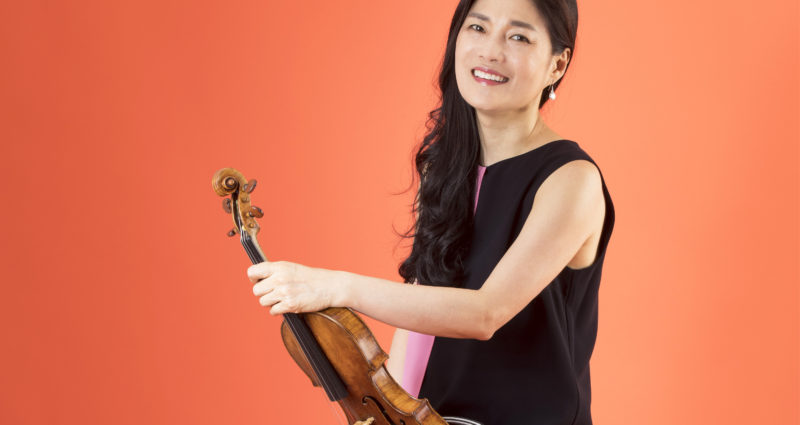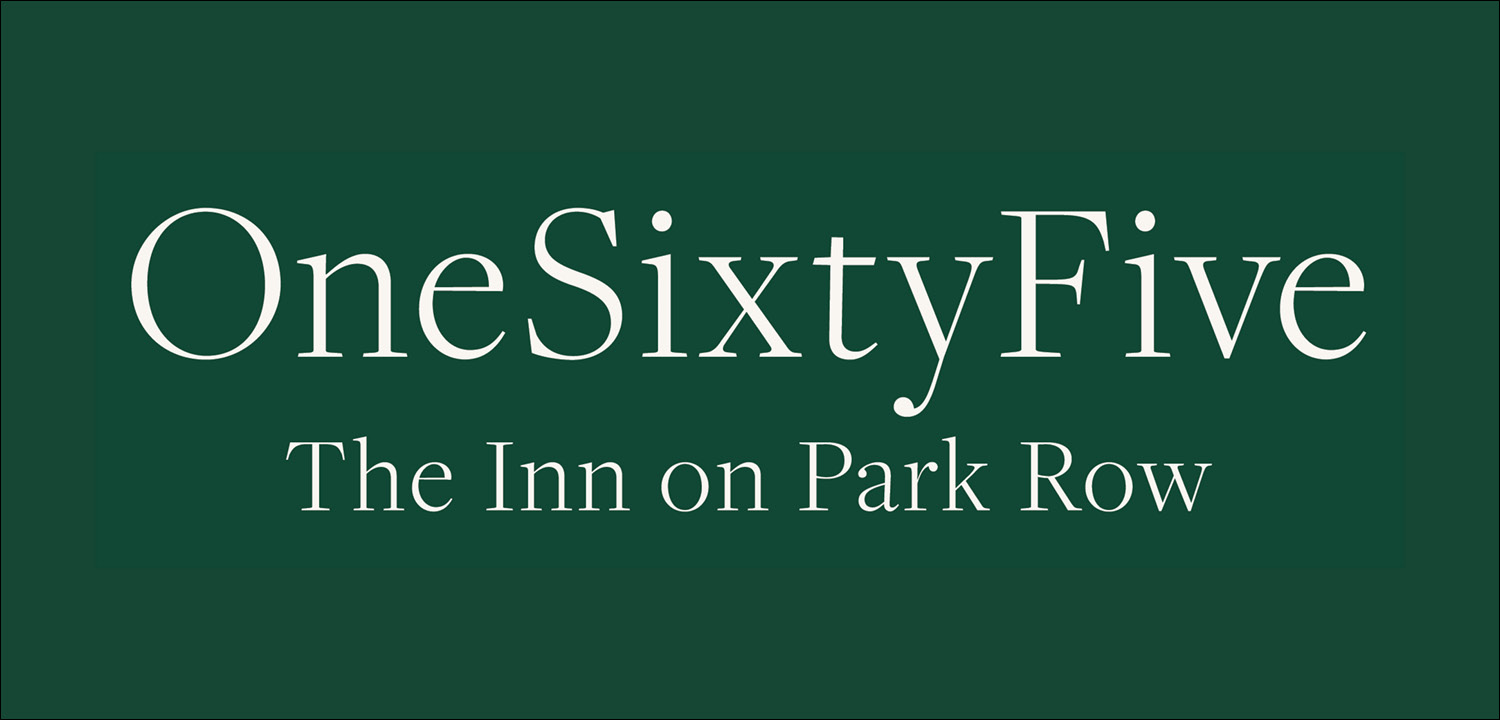- This event has passed.
Honegger, Schafer, & Dvořák
ARTHUR HONEGGER (1892-1955)
Sonata for Solo Violin, H. 143
- Allegro
- Largo
- Allegretto grazioso
- Presto
Ani Schnarch, violin
R. MURRAY SCHAFER (1933-2021)
Trio for Flute, Viola, and Harp
- Freely flowing
- Slowly, calmly
- Rhythmic
Linda Chesis, flute • Dimitri Murrath, viola • June Han, harp
— Intermission —
ANTONÍN DVOŘÁK (1841-1904)
Piano Quartet No. 2 in E-flat Major, Op. 87
- Allegro con fuoco
- Lento
- Allegro moderato, grazioso – Un pochettino piu mosso
- Finale. Allegro ma non troppo
Kyung Sun Lee, violin • Rebecca Albers, viola • David Ying, cello • Elinor Freer, piano
Program Notes
ARTHUR HONEGGER (1892-1955)
Sonata for Solo Violin, H. 143
Swiss-born composer Arthur Honegger is best remembered today for his affiliation with the collective known as “Les Six,” a group of six Paris-based composers (also including Milhaud, Poulenc, and Tailleferre) who rose to prominence during the interwar period under the spiritual leadership of Erik Satie and Jean Cocteau. While the six composers’ styles were individually distinct, they were loosely connected by certain shared values—including an antipathy toward Wagnerism and a belief that French music should embrace the lucidity of classical forms and models, infused with luminosity and wit.
Honegger had studied at the Paris Conservatoire during the 1910s, receiving training as a violinist before giving himself over to composition. By the end of that decade, he had already proved himself in the realm of chamber music, with three violin sonatas under his belt (the first of these, composed early in his student days and now known as “Sonata No. 0”, was only published after his death). During the 1920s and ’30s, Honegger established himself as a composer of major, large-scale works, with a particular penchant for classical and Biblical subjects, exemplified by his oratorios King David (1921) and Joan of Arc at the Stake (1938), or his opera Antigone (1924-27). While most of “Les Six” were steeped in anti-German hostility following the Great War, Honegger—perhaps given his Protestant faith and connections to Switzerland—remained an admirer of the German compositional tradition: his musical hero was Bach, to whom he frequently gestured by way of a style rich in chorales and counterpoint.
Honegger’s Sonata for Solo Violin, composed in 1940, marked his first violin sonata in two decades and displays his facility with the instrument. Unlike those earlier efforts—works of chamber music for violin and piano duo—this Sonata pays tribute to Bach’s own sonatas for solo violin (of which he wrote three), with further allusions to the sarabandes and gigues of Bach’s partitas. On one hand, the starkness of the solo instrument conveys Honegger’s dismay at the prospect of war for a second time in his life; on the other hand, Honegger infuses the work with a virtuosic vim, which—while it cannot quite be described as optimistic—conveys an invigorating sense of fortitude and tenacity.
MURRAY SCHAFER (1933-2021)
Trio for Flute, Viola, and Harp
Canadian composer R. Murray Schafer was particularly known as founder of acoustic ecology, an academic field often known as “soundscape studies”. In 1969, Schafer established the World Soundscape Project at Simon Fraser University, initially as a reaction to increases in noise pollution in Vancouver. The ongoing project documents diverse sonic environments over time, and advocates for humans to live in sonic balance with their environment via the cultivation of “soundscape design” instead of excessive noise.
Schafer has published the following note to accompany his Trio for Flute, Viola, and Harp:
Although I have written a number of string quartets, I had never considered writing a trio until I received a commission from the Arizona Friends of Chamber Music.
While a trio may seem to be a more balanced ensemble than the top-heavy string quartet, it has never proved to be as popular. In fact there is something unsettling about a trio, like a marriage plus one—a triad of tensions—or at least that is the way I found myself thinking about it when I began to write the piece.
Everything moves smoothly at the beginning; the violin plays a melody in the Lydian mode to a simple accompaniment in the viola and cello, but after a few bars the mood becomes agitated, and remains agitated, except for a few quiet intervals, through most of the single movement work. The climax is reached with a powerful descending scale in the cello on the notes E-flat (S) C H (B-natural) A F E… followed by a surprising modulation into a Gustav Mahler adagio, which leads back to the gentle opening theme to bring the work to a peaceful close.
— Intermission —
ANTONÍN DVOŘÁK (1841-1904)
Piano Quartet No. 2 in E-flat Major, Op. 87
This year’s Festival opened with a pair of Dvořák’s mature string quartets, composed shortly after his sets of Moravian Duets and Slavonic Dances had caught the attention of the Berlin-based publisher Simrock (through the intermediary of Brahms), catapulting the Czech composer to European stardom. German and Austrian palates were piqued by the perceived novelty—“orientalism,” even—of Dvořák’s Eastern European dances and tunes. But as Dvořák’s fame grew over the 1880s, so did a certain reactionary Slavophobia, leading Dvořák to pursue in parallel an instrumental style that clung more closely to the Viennese (and specifically Brahmsian) mainstream.
It was Simrock who approached Dvořák in 1885 with the commission for a second piano quartet—an ensemble form which had become closely associated with Brahms after the success of his own piano quartets, composed in the 1860s and ’70s. (Dvořák’s only previous piano quartet had been completed in 1875.) It took Dvořák several years to fulfill the commission; in the interim, he was preoccupied with tours to England, the completion of his opera, The Jacobin, and also that of his glorious Piano Quintet, Op. 81.
When he finally got around to the Piano Quartet in 1889, so easily did the melodies flow, that the only limiting factor was the speed of his pen; as he put it to his friend Alois Göbl, “My head is full of it. If only one could write it immediately! But it’s no use, I have to go slowly, only what the hand can manage…” The profusion of melodies exudes a palpable joy and warmth, as conflict and drama cede readily to triumph and lyricism. The second movement opens with one of the most beautiful themes Dvořák ever composed; the third movement, a shimmering scherzo with a waltz-like lilt, is infectiously charming. Even as Dvořák cultivated a metropolitan style, the combination of melodic prolificity and rhythmic vigor, overlain with touches of gossamer elegance, distinguishes this piano quartet as unmistakably his.
COVID POLICY
Proof of vaccination and booster required upon entry at Studzinski Recital Hall.
This concert is generously sponsored by:









